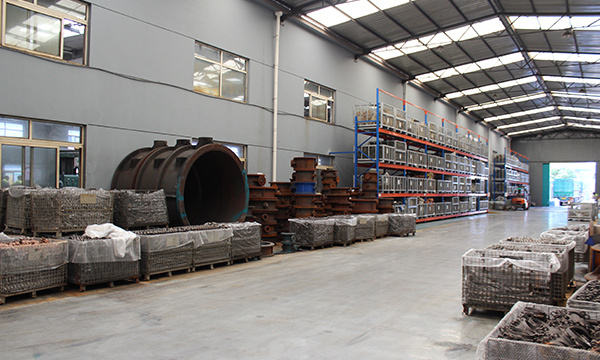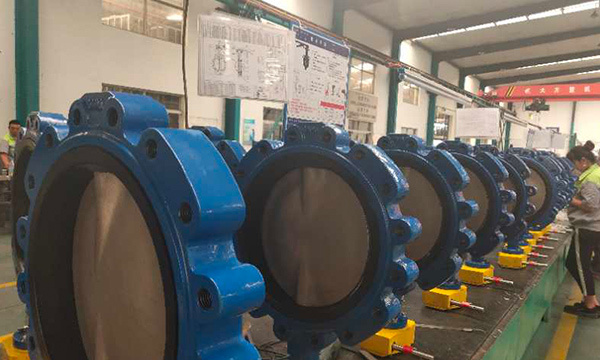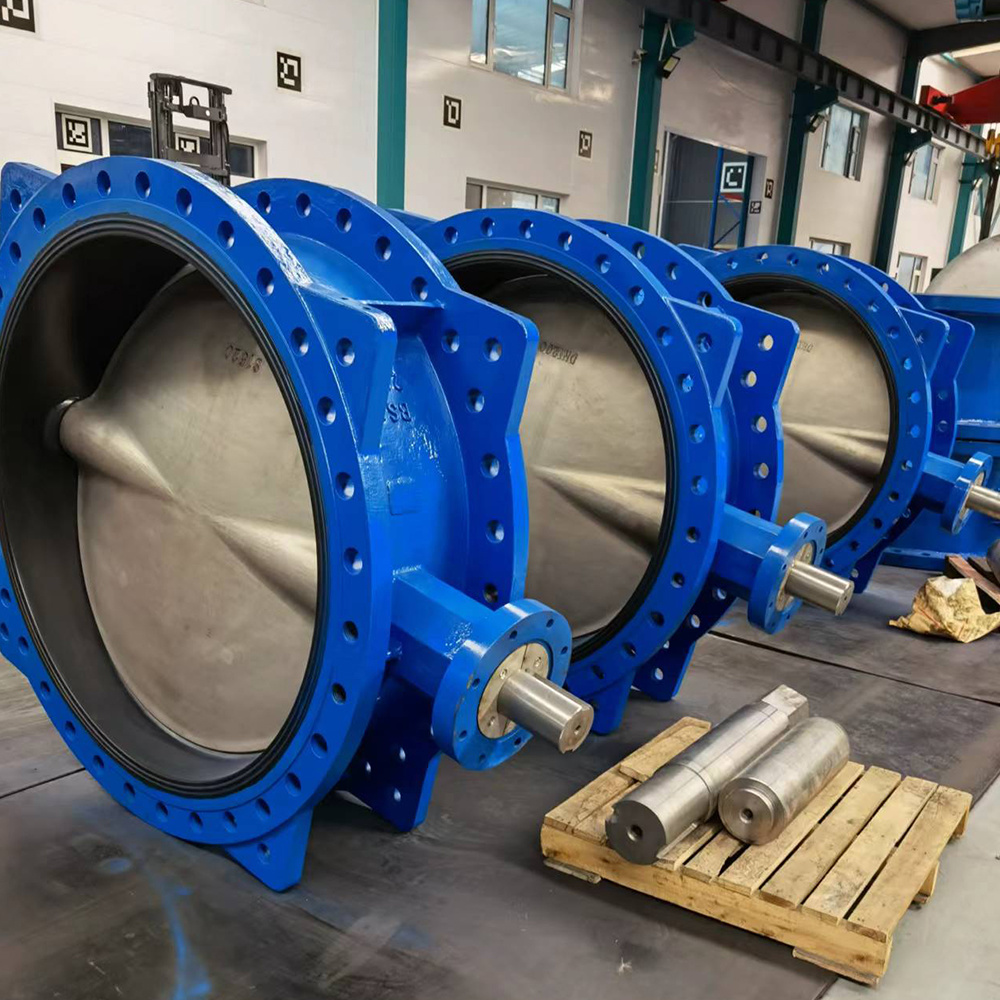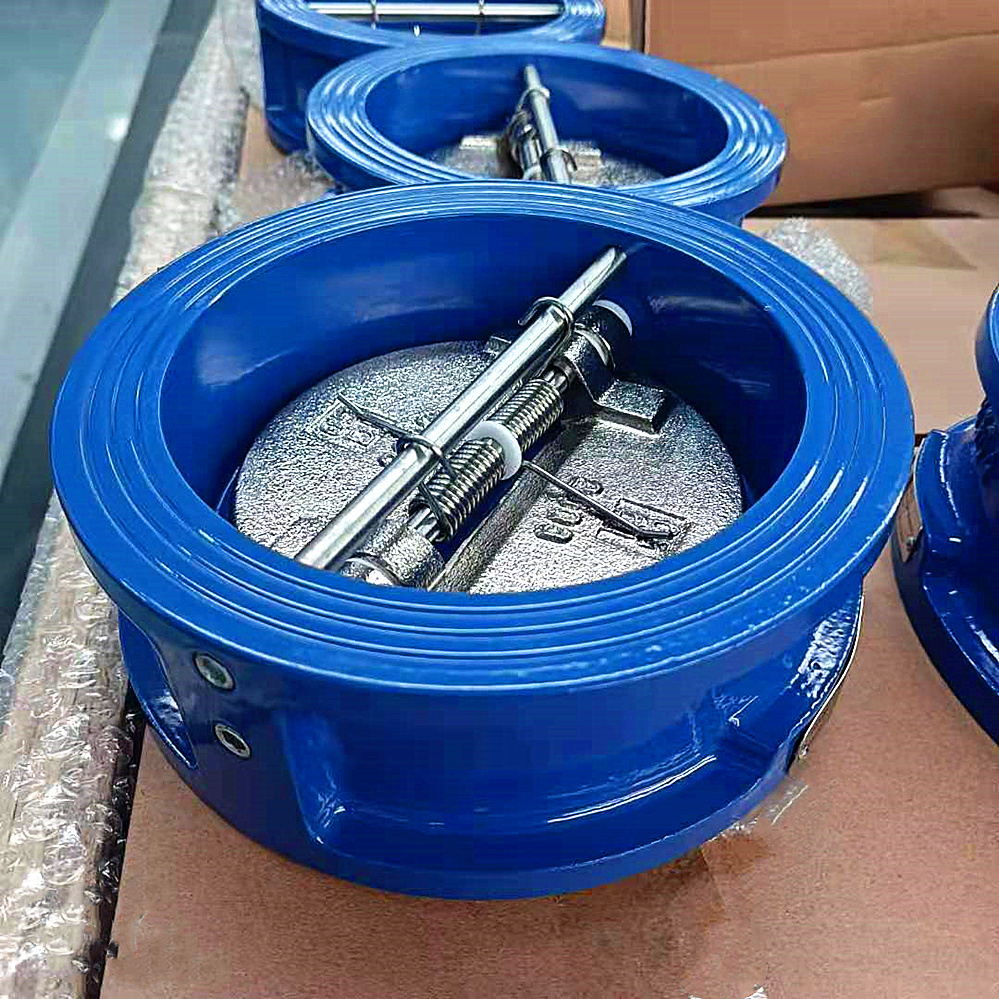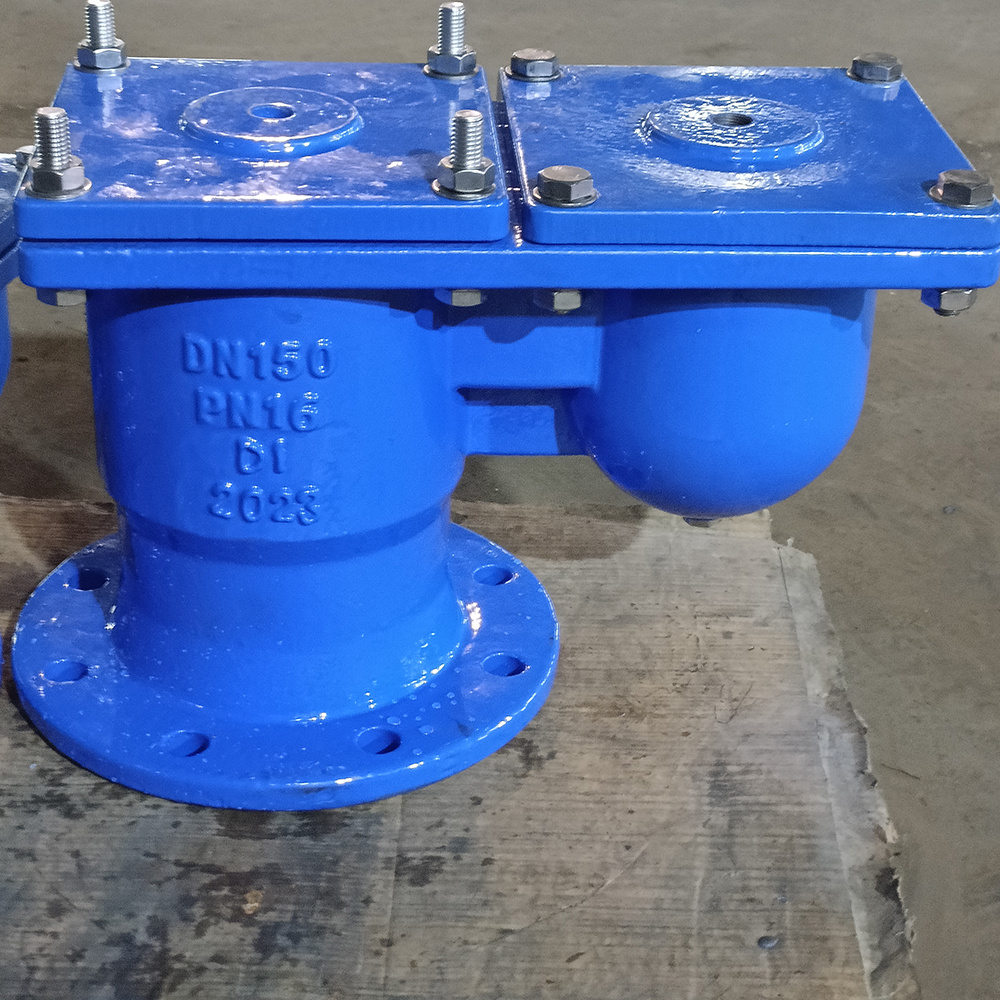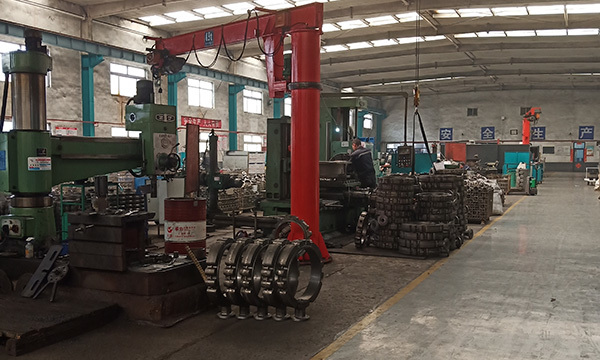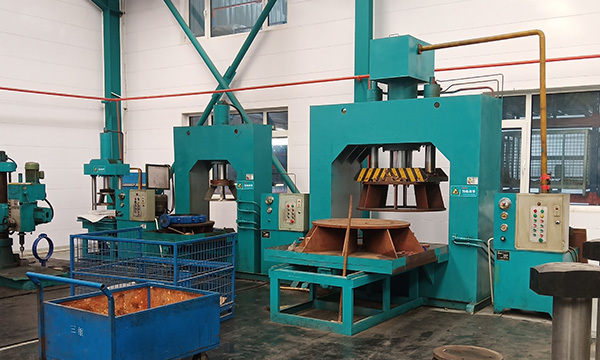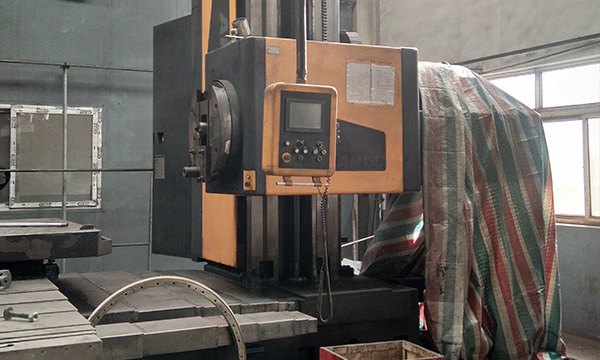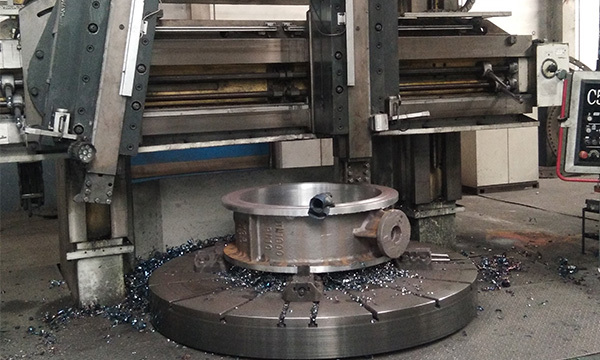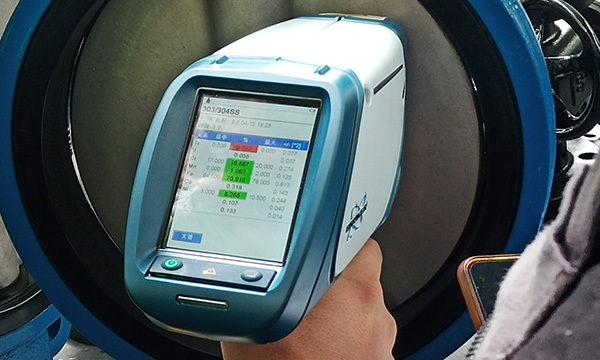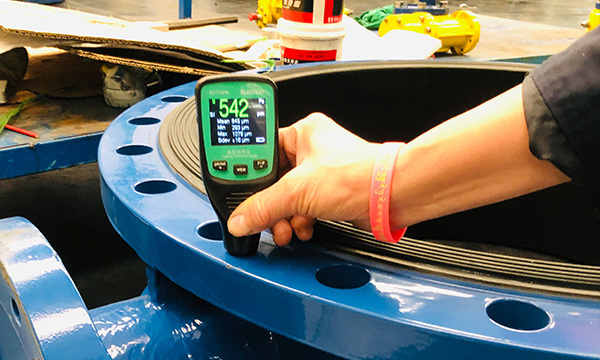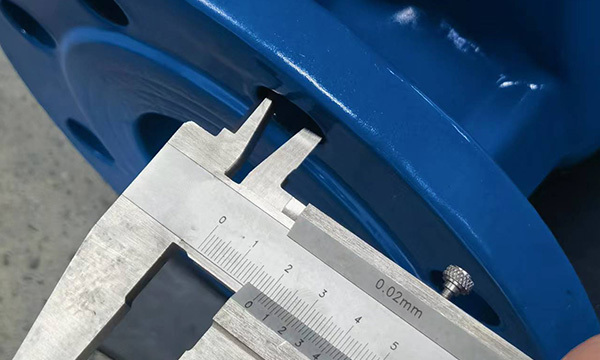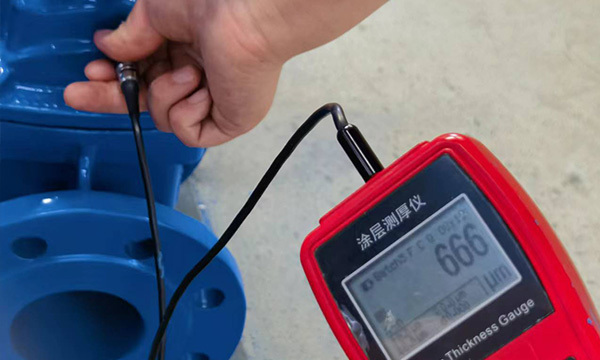Understanding Lug Butterfly Valves: Key Insights for Industrial Applications
2025-10-03
Lug butterfly valves are a crucial component in various industrial applications, offering distinct advantages in fluid control systems. Understanding the features and benefits of these valves can significantly enhance operational efficiency and reliability in your processes.
A lug butterfly valve is designed with lugs or threaded ends that allow for easy mounting between two flanges. This design enables the valve to be bolted directly to the flange, which is particularly advantageous in systems where space is limited. Unlike traditional butterfly valves, which require a full-body assembly, lug butterfly valves can be installed or removed without disrupting the piping system. This feature is essential for maintenance and repair, minimizing downtime and ensuring continuous operation.
One of the primary benefits of a lug butterfly valve is its lightweight design, which reduces the overall weight of the piping system. This can lead to lower installation costs and reduced structural support requirements. Additionally, these valves are known for their tight sealing capabilities, which prevent leakage and ensure efficient flow control. The disc design allows for quick opening and closing, making them suitable for applications requiring rapid valve operation.
When selecting a lug butterfly valve, it's crucial to consider the materials used in construction. Common materials include cast iron, stainless steel, and PVC, each offering different advantages based on the specific application. For instance, stainless steel provides excellent corrosion resistance, making it ideal for harsh environments, while PVC is lightweight and cost-effective for less demanding applications.
Another important consideration is the valve's pressure and temperature ratings. It's essential to ensure that the chosen lug butterfly valve can withstand the operating conditions of your system. Understanding the flow characteristics and potential pressure drops across the valve will also help in selecting the appropriate size and type for your needs.
Lug butterfly valves are widely used in various industries, including water treatment, chemical processing, and HVAC systems. They are particularly effective in applications where frequent valve operation is required. Additionally, their compact design and ease of installation make them a popular choice for retrofitting existing systems.
In conclusion, lug butterfly valves are an essential component for optimizing fluid control in industrial applications. By understanding their features, materials, and applications, professionals can make informed decisions that enhance system performance and reliability. Whether you are involved in the design, installation, or maintenance of industrial systems, recognizing the advantages of lug butterfly valves can lead to significant operational improvements.
A lug butterfly valve is designed with lugs or threaded ends that allow for easy mounting between two flanges. This design enables the valve to be bolted directly to the flange, which is particularly advantageous in systems where space is limited. Unlike traditional butterfly valves, which require a full-body assembly, lug butterfly valves can be installed or removed without disrupting the piping system. This feature is essential for maintenance and repair, minimizing downtime and ensuring continuous operation.
One of the primary benefits of a lug butterfly valve is its lightweight design, which reduces the overall weight of the piping system. This can lead to lower installation costs and reduced structural support requirements. Additionally, these valves are known for their tight sealing capabilities, which prevent leakage and ensure efficient flow control. The disc design allows for quick opening and closing, making them suitable for applications requiring rapid valve operation.
When selecting a lug butterfly valve, it's crucial to consider the materials used in construction. Common materials include cast iron, stainless steel, and PVC, each offering different advantages based on the specific application. For instance, stainless steel provides excellent corrosion resistance, making it ideal for harsh environments, while PVC is lightweight and cost-effective for less demanding applications.
Another important consideration is the valve's pressure and temperature ratings. It's essential to ensure that the chosen lug butterfly valve can withstand the operating conditions of your system. Understanding the flow characteristics and potential pressure drops across the valve will also help in selecting the appropriate size and type for your needs.
Lug butterfly valves are widely used in various industries, including water treatment, chemical processing, and HVAC systems. They are particularly effective in applications where frequent valve operation is required. Additionally, their compact design and ease of installation make them a popular choice for retrofitting existing systems.
In conclusion, lug butterfly valves are an essential component for optimizing fluid control in industrial applications. By understanding their features, materials, and applications, professionals can make informed decisions that enhance system performance and reliability. Whether you are involved in the design, installation, or maintenance of industrial systems, recognizing the advantages of lug butterfly valves can lead to significant operational improvements.
Lug butterfly valve
Previous page
Previous page


